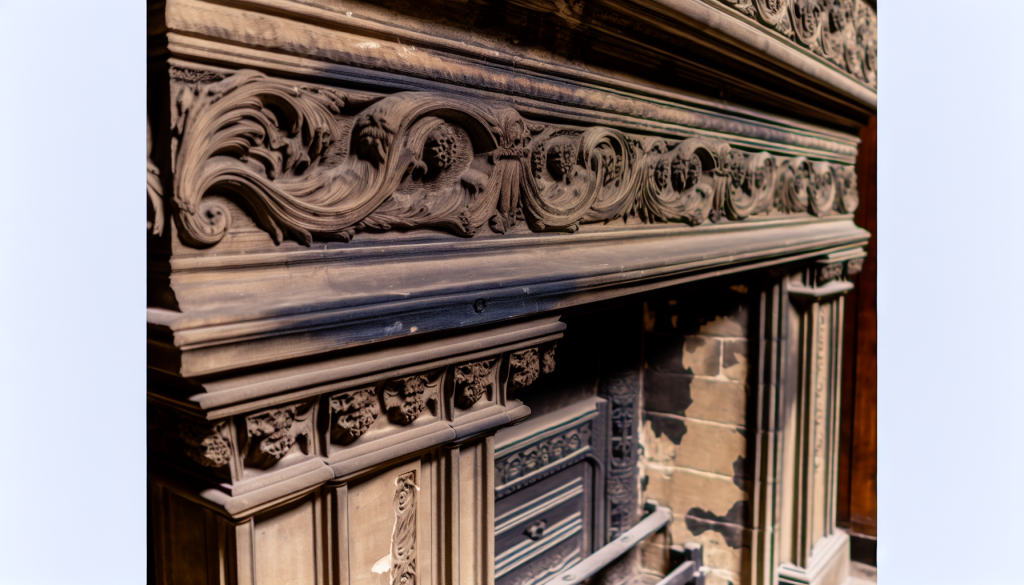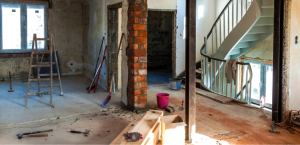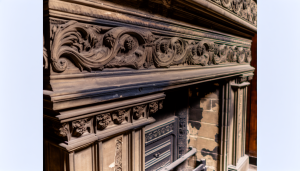Toronto, Ontario — When you step into a heritage home, one of the most striking features is often the antique fireplace. This central element of the home not only provided warmth but also served as a gathering place for family and guests. The craftsmanship of these antique fireplaces reveals much about the period in which they were constructed, the materials that were favored, and the design trends that were prevalent. In this post, we will delve into the secrets behind the craftsmanship of antique fireplaces in heritage homes, uncovering the elements that make them so special.
To begin with, the materials used in antique fireplaces tell a story of geographical and historical significance. In regions where stone was readily available, you’ll find beautifully carved stone fireplaces that have withstood the test of time. The types of stone used, such as limestone, marble, or sandstone, offer insights into the local resources of the period. In contrast, areas with abundant forests might showcase exquisite wooden mantels with intricate carvings that reflect the woodworking skills of the time.
The design of an antique fireplace can often hint at the era in which it was built. From the ornate, intricate designs of the Victorian era to the simpler, cleaner lines of the Georgian period, the style of a fireplace is a window into the architectural trends of the time. Gothic-inspired designs, with their pointed arches and elaborate detailing, stand in stark contrast to the classical lines and proportions found in fireplaces from the Renaissance period.
Craftsmanship is at the heart of what makes antique fireplaces truly remarkable. The ability to carve stone or wood into detailed designs requires not only technical skill but also a deep understanding of the materials and tools at hand. In the past, artisans would apprentice for years, honing their skills before embarking on such significant projects as constructing a fireplace for a prestigious home. This level of dedication to craft is part of what makes these historic fireplaces so valued today.
One of the most fascinating aspects of antique fireplaces is the personalized touches that were often included. It was not uncommon for families to commission fireplaces that featured their coat of arms, a family motto, or symbols representing their interests and values. These unique features add a layer of intimacy and history to the fireplace, making it not just a source of warmth, but a testament to the people who once gathered around it.
Preservation of these antique masterpieces is crucial, and professionals in the field employ a range of techniques to restore and protect them. This involves not only cleaning and repairing damaged areas but also using historically accurate materials and methods to maintain the integrity of the original design. The work of preservationists ensures that these magnificent fireplaces can continue to be enjoyed for generations to come.
Antique fireplaces in heritage homes are more than just architectural features; they are a link to the past, showcasing the craftsmanship, materials, and design sensibilities of a bygone era. Their beauty and complexity invite us to take a closer look and appreciate the artistry and skill that went into their creation. As we uncover the secrets behind their craftsmanship, we gain a deeper understanding and appreciation for these stunning pieces of history.








